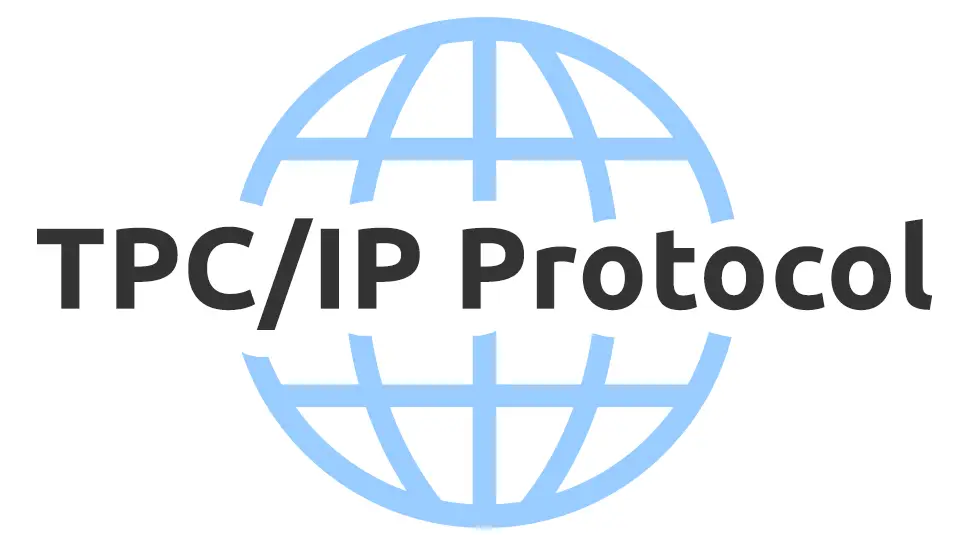The Transmission Control Protocol/Internet Protocol (TCP/IP) is a set of communication protocols used for transmitting data over a network. It is the standard communication protocol for the Internet and is used by most computer networks worldwide. The TCP/IP protocol suite was designed to allow for communication between different types of computers and networks, providing a common language for communication.
Contents
TCP
The Transmission Control Protocol (TCP) is responsible for the reliable transfer of data from one computer to another. It does this by breaking down data into small segments and sending each segment individually. The receiving computer reassembles the segments to form the original data. TCP guarantees that the data will be received in the correct order and that any missing or damaged segments will be retransmitted.
IP
The Internet Protocol (IP) is responsible for routing data between networks. IP addresses are assigned to each computer or device on a network, allowing data to be transmitted to the correct destination. IP also handles fragmentation of data, meaning that if a large amount of data is sent, it will be broken down into smaller packets to be transmitted over the network.
TCP/IP Layers
The TCP/IP protocol suite is often described as a four-layer model. The four layers are:
- Application Layer: This layer is responsible for high-level communication between applications. Examples of protocols in this layer include HTTP, FTP, and DNS.
- Transport Layer: The Transport layer is responsible for reliable data transfer between applications. TCP operates in this layer.
- Network Layer: The Network layer is responsible for routing data between networks. IP operates in this layer.
- Data Link Layer: The Data Link layer is responsible for physically transmitting data over a network. Examples of protocols in this layer include Ethernet and Wi-Fi.
TCP/IP Ports
TCP and IP use a system of ports to ensure that data is sent to the correct application. Each application is assigned a unique port number, and incoming data is directed to the correct application based on the port number. Common port numbers include 80 for HTTP, 443 for HTTPS, and 21 for FTP.
TCP/IP Addressing
Each computer or device on a network has a unique IP address, allowing data to be sent to the correct destination. IP addresses are often represented in dotted-decimal notation, such as 192.168.0.1. IP addresses can be either IPv4 (32-bit) or IPv6 (128-bit), with IPv4 being the most commonly used.
Conclusion
In conclusion, the TCP/IP protocol suite is the cornerstone of communication on the Internet and most computer networks. Its four-layer model and use of ports and IP addresses allow for reliable and efficient data transfer between computers and networks. Understanding the fundamentals of TCP/IP is essential for anyone working in the field of computer networking.
See Also
- The Ultimate Web Server on Ubuntu 22.04
- Set custom DNS servers on Windows 11
- Host a Website on a Raspberry Pi
- Redirect non-www to www & http to https using mod_rewrite .htaccess


Comments
There are currently no comments on this article.
Comment